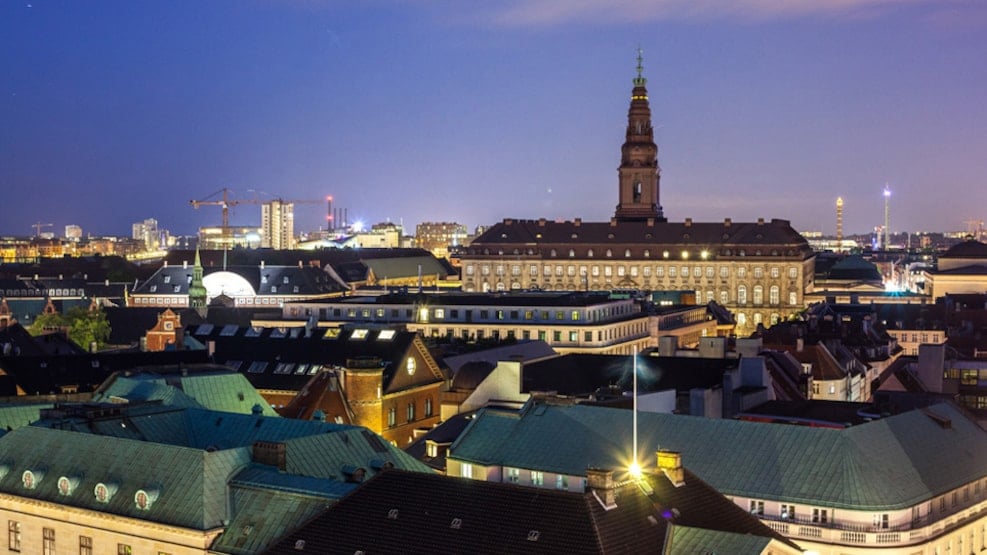
The Danish Parliament
Denmark's parliament, based at Christiansborg Palace.
Folketinget is the name of Denmark's parliament. It is often nicknamed Borgen ('the castle' in Danish) after its historic location at Christiansborg Palace on Slotsholmen island in central Copenhagen.
Folketinget, together with the monarch, has the legislative power in Denmark and has had it since the birth of the Danish Constitution in 1849. The Danish monarch's power is limited to signing the laws that are passed by the parliament and is therefore in practice more a symbolic power.
Originally there were two parliamentary chambers, a chamber representing the people, and a chamber representing the aristocracy. The Constitution of 1953 united the two chambers into one parliament.
Members of the parliament are elected by the people. Everyone with Danish citizenship and who is 18 years of age or older is eligible to vote.
Visit the parliament
The meetings in the Danish parliament are open to the public. Note that you must first go through security in the Danish Parliament's visitors' service, which can take 15 minutes, so arrive early.
You can also take a free 45-minute guided tour of the Danish parliament. Typically the tour will take you past portraits of the Prime Minister, the galleries, board committees, and the chamber. There are lockers at the entrance in case you need to store your belongings during the visit.Tickets for these tours can be picked up from 10am on the day of the guided tour, and are available on a first-come-first-served basis. Find out more on the Parliament's website.